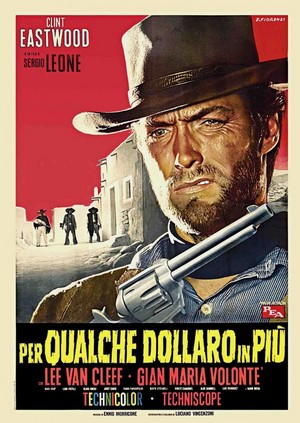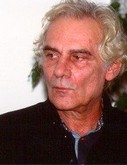
Per Qualche Dollaro in Più (1965)
For a Few Dollars More / Voor een Paar Dollar Meer

Raiting: ![]() 8,2 /10
8,2 /10
Genre: Western
Director: Sergio Leone
Stars: Clint Eastwood, Lee Van Cleef and Gian Maria Volonté
Country: Italy / Spain / West Germany / Monaco
Release date: 18 December 1965
Length: 132 minutes


